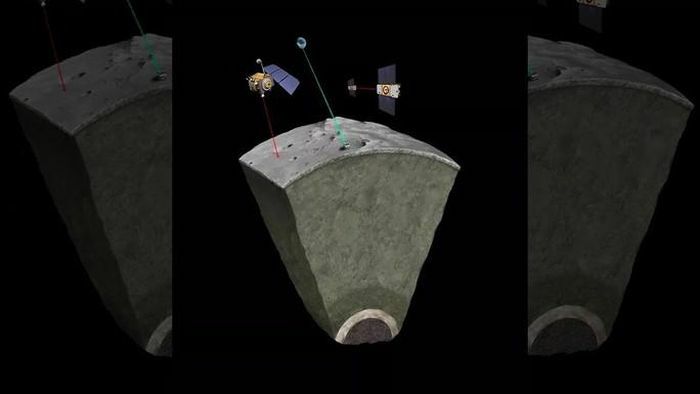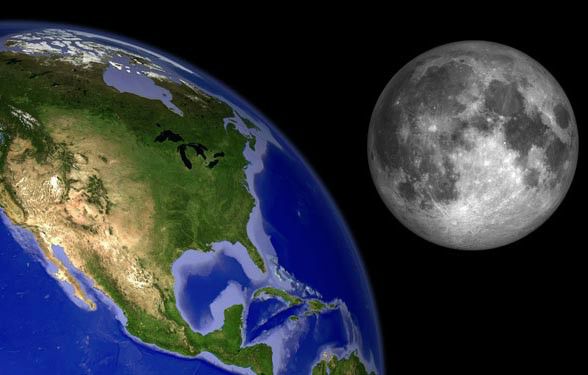Finding the Moon’s ‘heart’ for the first time: Just like the Earth
The Moon has long been a mystery to astronomers, with debates over its structure dating back to the early 20th century. Some have speculated that it may be a primitive rock world, similar to the moons of Mars. However, with the landing of the Apollo missions, clues emerged that the Moon may have a structure much like Earth’s.
New research from the University of Côte d’Azur and the Institute of Celestial Mechanics and Ephemeris Calculation (IMCCE) in France, published in the scientific journal Nature, confirms that the Moon has a liquid outer core and a solid inner core, just like Earth’s core made of iron.
The study used a detailed computer model built on geological data from the Apollo program and NASA’s GRAIL mission, a pair of probes that tracked the Moon’s gravitational field for over a year. The model revealed a core with a diameter of about 500 km, or 15% of the Moon’s total diameter.
This discovery sheds light on what lies beneath the Moon’s surface and could help scientists better understand its past, including its former magnetic field and the presence of water and life. The study also provides a solid foundation for future Moon exploration missions, enabling scientists to prepare more effectively and reap the best possible results.
Moreover, the study found evidence of material mixing in the Moon’s surface layer, suggesting that hotter, molten material rose up through the layer and may explain the presence of iron on the Moon’s surface.
Understanding more about the Moon’s interior could unlock a wealth of knowledge, from its magnetic history to the possibility of resources like water and minerals. With this new information, scientists can now plan future missions to the Moon with greater precision, paving the way for exciting new discoveries and insights into our closest neighbor in space.
Hits: 0







